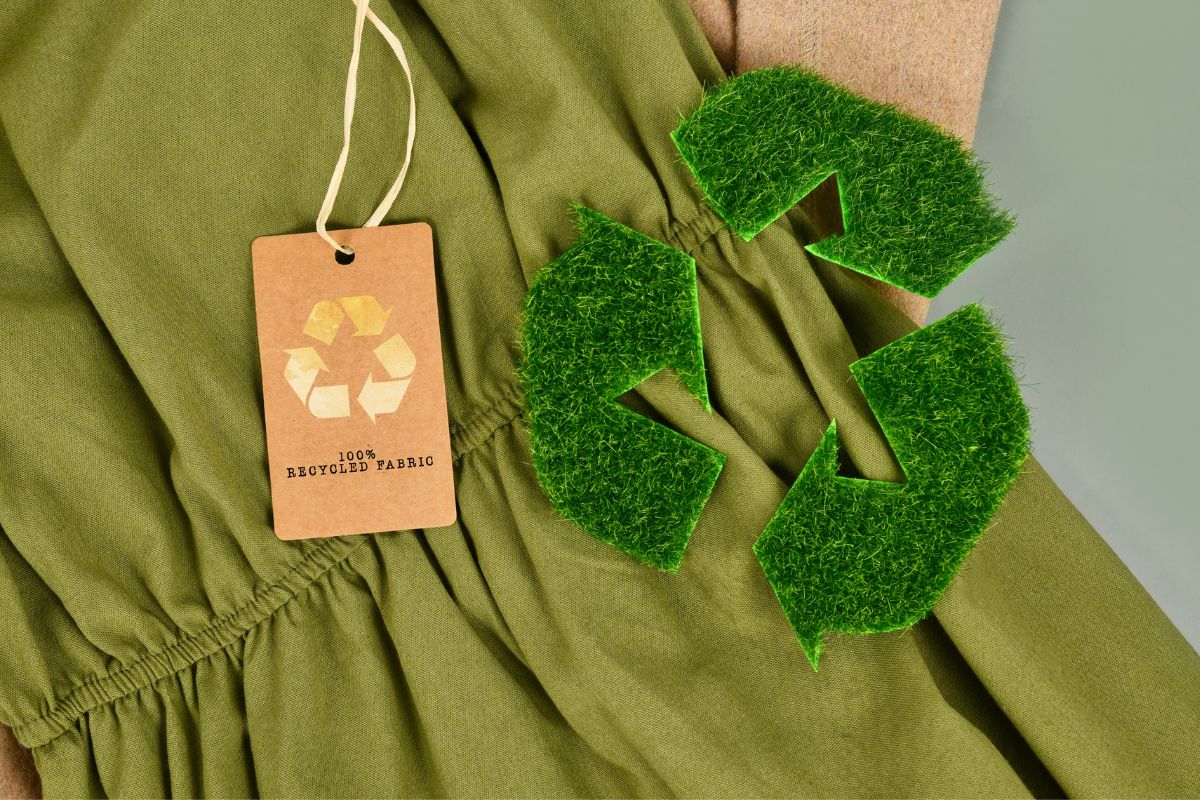In today’s fast-paced world, where consumerism often encourages us to buy more and waste more, a quiet revolution is underway. People are beginning to realize that our planet’s resources are not infinite, and the throwaway culture of the past is no longer sustainable. Enter the circular economy, a transformative approach that focuses on extending the life of products through repair, reuse, and recycling. This new way of thinking is redefining modern lifestyles, blending sustainability with practicality.
From fashion to electronics, from household goods to industrial production, circular solutions are changing how we live and consume. For individuals and businesses alike, embracing these practices not only reduces environmental impact but also creates economic advantages and encourages innovation. Let’s dive into how repair, reuse, and recycle are driving this cultural and economic shift.
Understanding the Circular Economy
The circular economy is a system designed to minimize waste while maximizing the value of products. Unlike the traditional “take, make, dispose” model of a linear economy, the circular model keeps resources in use for as long as possible.
Think of it as a cycle where each product is designed with a second, third, or even fourth life in mind. Clothes are mended instead of thrown away, smartphones get refurbished, and packaging materials are reused. This approach not only saves resources and reduces pollution but also creates opportunities for new business models while encouraging consumers to rethink what sustainable living truly means.
Repair: Breathing New Life into Old Products
Repair Culture Making a Comeback
Repairing is rapidly becoming a symbol of mindful living. In many parts of the world, people are rediscovering the value of fixing things rather than tossing them aside. From local repair cafés to DIY tutorials online, the repair movement is gaining momentum.
Instead of discarding a chair because of a loose leg or replacing a smartphone for a minor fault, more people are investing in repairs. This not only cuts down on waste but also saves money and fosters creativity.
Right to Repair Movement
The “Right to Repair” movement in the United States and Europe is a perfect example of how this trend is shaping modern lifestyles. Consumers have started demanding that companies provide manuals, spare parts, and tools to fix electronics and appliances themselves. Governments are responding by enacting laws that empower individuals to repair their devices rather than being forced to upgrade every few years.
Repair is no longer just about frugality. It’s about reclaiming ownership of products and contributing to the global need for sustainability.
Reuse: Extending the Product Life Cycle
The Power of Reuse in Everyday Life
Reuse takes sustainability to the next level by finding ways to keep items in circulation. Simple habits like using glass containers instead of plastic, carrying a refillable water bottle, or embracing cloth shopping bags can cut down significantly on waste.
But beyond individual lifestyle changes, entire industries are adopting reuse models. Fashion brands are encouraging customers to resell or swap clothing, while companies in the furniture industry refurbish used pieces and resell them as vintage or upcycled collections.
Second-Hand Revolution
Platforms that promote second-hand shopping have grown rapidly in recent years. Whether it’s thrift stores in the U.S. or cutting-edge digital marketplaces in Europe, consumers are becoming more comfortable with buying used items. What was once viewed as a compromise is now a fashion statement and an environmentally conscious decision.
This shift toward reuse reduces the demand for new raw materials, lowers carbon emissions, and builds a culture where keeping items in circulation is celebrated, not stigmatized.
Recycle: Closing the Loop
Recycling as a Core Circular Solution
Recycling has long been associated with sustainability, but in the circular economy, it plays a more vital role. The aim is to close the loop—turning waste back into raw materials that fuel new products.
Aluminum cans, for instance, can be recycled an infinite number of times without losing quality. Similarly, glass, paper, and certain plastics can be continually reprocessed. This reduces landfills, cuts down on pollution, and conserves energy.
Innovations in Recycling Technologies
Modern recycling methods have gone beyond basic sorting. Innovations include chemical recycling that breaks down plastics into their original components, and textile recycling that recovers fibers to make new clothing. These advanced methods expand the potential of recycling far beyond the traditional blue bin system.
However, for recycling to be truly effective, consumer participation is essential. Segregating waste at home, understanding what can be recycled, and supporting businesses using recycled materials all play a crucial role in driving this system forward.
The Impact on Modern Lifestyles
Shifts in Consumer Mindset
Circular solutions are redefining the values of modern lifestyles. Instead of equating happiness and success with constant consumption, people are prioritizing conscious choices. Repairing, reusing, and recycling are no longer seen as burdens but as empowering acts.
Millennials and Gen Z, in particular, are leading the way. They are willing to pay more for sustainable products, prefer eco-friendly brands, and are increasingly vocal about climate-conscious policies. This generational shift is shaping markets and influencing companies to innovate sustainably.
Corporate Responsibility and New Business Models
Businesses, too, are evolving. Subscription models, product-as-a-service options, and take-back programs are creating completely new ways to engage with consumers. Companies that fail to align with circular solutions risk becoming irrelevant in a world where sustainability is becoming a norm.
By embracing circular practices, companies not only win customer loyalty but also reduce operational costs related to waste management and raw material procurement. The result is a win-win: businesses thrive while the planet benefits.
Global Examples of Circular Solutions in Action
- Fashion Industry: Brands are exploring rent, resale, and recycling models to reduce waste from fast fashion.
- Electronics: Companies are offering trade-in programs and refurbished devices, making technology more sustainable and affordable.
- Food Industry: Restaurants and grocery chains are reducing waste with composting, reusable packaging, and surplus-sharing platforms.
- Construction: Use of recycled steel, wood, and bricks is cutting down industrial waste significantly.
These examples show that circular solutions are not confined to one sector—they are integrations across multiple industries shaping the way we live and consume.
Benefits of Embracing Repair, Reuse, and Recycle
- Environmental Protection – Reduces carbon footprint, minimizes pollution, and conserves resources.
- Economic Savings – Repairing and reusing often cost much less than buying new.
- Innovation – Pushes industries to develop smarter, sustainable products.
- Job Creation – Circular practices create new opportunities in repair, refurbishment, and recycling sectors.
- Community Building – Encourages shared values, collaboration, and responsible lifestyles.
Challenges Ahead
While the shift toward circular solutions is promising, challenges remain. Recycling infrastructure still needs improvement in many regions. Consumer education is essential to ensure people understand how to contribute effectively. And industries need to overcome issues like product design that often makes repairing or recycling difficult.
But with growing awareness and support from governments, businesses, and citizens, the movement is gaining unstoppable momentum.
Conclusion
The rise of circular solutions is more than just a trend — it’s a fundamental lifestyle shift. Repair, reuse, and recycle are no longer optional actions for eco-conscious individuals; they are becoming essential habits for everyone. By embracing these practices, we are not only reducing waste but also creating a healthier planet, saving money, and fostering innovation.
As modern lifestyles evolve, the circular economy stands as a beacon of hope for a sustainable future. The choice is clear: do we continue with the old patterns of waste, or do we join the movement that turns waste into opportunity?
The answer lies in our daily actions. Each repaired item, reused product, and recycled material is a step toward a more sustainable world.
Call to Action
Now is the time to embrace the circular lifestyle. Start small—fix something instead of replacing it, shop second-hand, or recycle consistently. Encourage your community to adopt these habits and support businesses championing sustainability. Together, we can redefine what modern living means and build a brighter, greener future.






